How to Find and Capture Beautiful Reflections
Incorporating reflections into your landscape photography can be a great way to capture some eye-catching images. Reflections can help add depth and interest, allowing you to add a sense of wonder and mystery to your compositions.
Whether you’re capturing the light that’s reflecting off of the surface of the sand, or a crystal-clear image of an autumn scene mirrored on a lake, there’s no denying that incorporating reflections into your photography can produce some truly astonishing results.
If you do landscape or urban photography, understanding how to capture and incorporate reflections into your images can help you create some amazing photos. With this in mind, here’s a look at how you can work these beautiful elements into your pictures.
Finding a Reflection
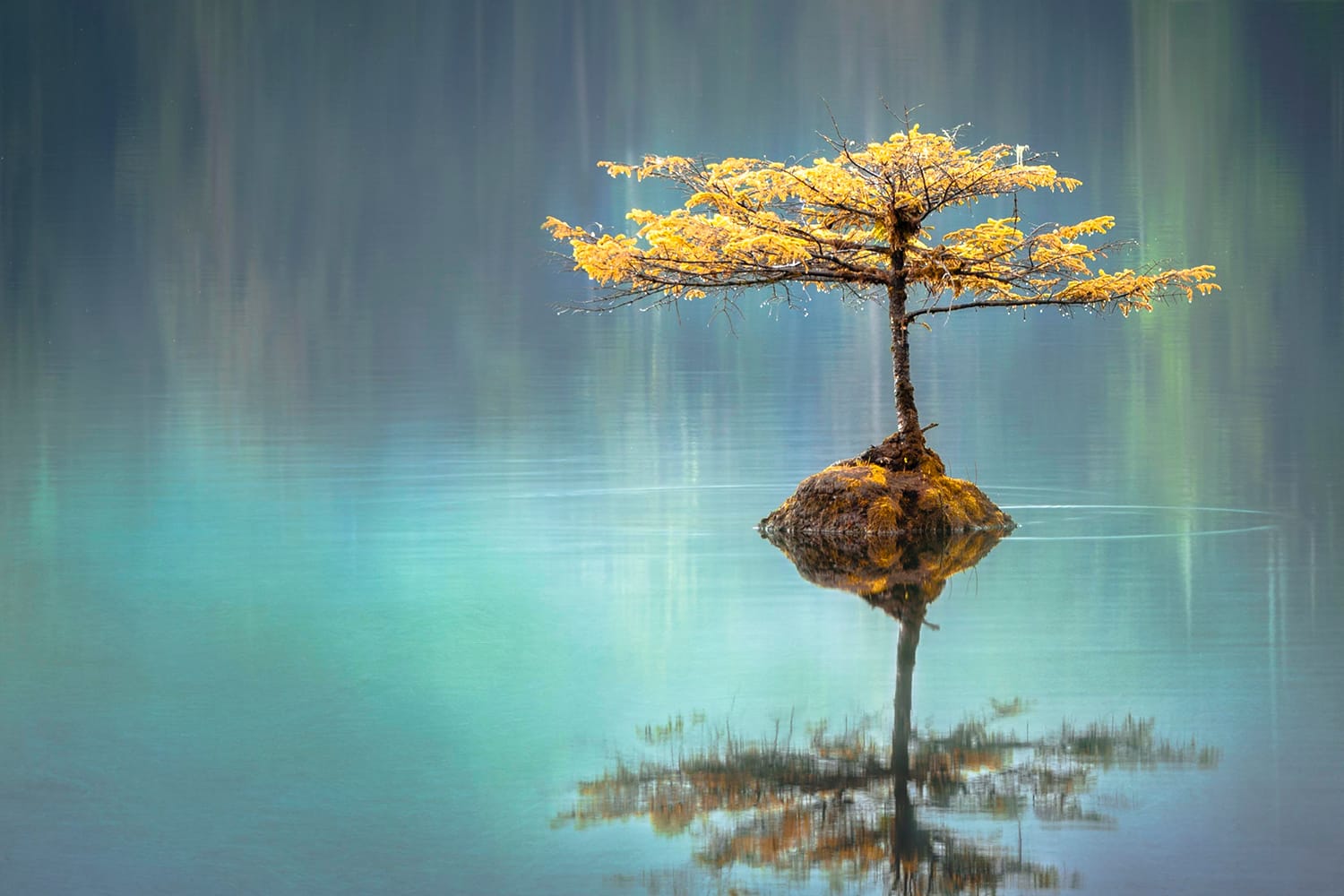
When you think of reflections, large, still bodies of water probably come to mind. And while it’s true that these settings are the best place to capture mirror-like images, other surfaces also reflect light. Wet surfaces, windows, and mirrors can all work beautifully to enhance and even transform your photos.
- Wet or Shiny Surfaces: Wet surfaces can present a great opportunity for reflections. The damp sand on the beach, for instance, or a smooth expanse of snow can both present a great chance of capturing the colors of a sunset reflecting off of the surface. In the city, wet cobblestones or pavement at night can reflect streetlights, helping to add some beautiful light into an otherwise dark image.
- Bodies of Water: Water is the most classic and best-known setting for reflections, presenting the opportunity to capture some mirror-like reflections or ones with an abstract, painting-like quality. Reflections aren’t just found in lakes, though; often smaller bodies of water can often prove to be great places for reflections as well. And since they’re smaller, their surface will often be smoother than a lake or the ocean. Ponds, pooling water, and puddles – especially after the rain – are all great places to look for reflections.
- Windows, Mirrors, Metal: For cityscape photographers, windows and mirrors and other human-made surfaces can produce some interesting opportunities for reflections. Just remember that these solid objects aren’t great at absorbing light, and you’ll want to take care when using an external light source so that you don’t end up with a large orb of light instead of a reflection.
Gear
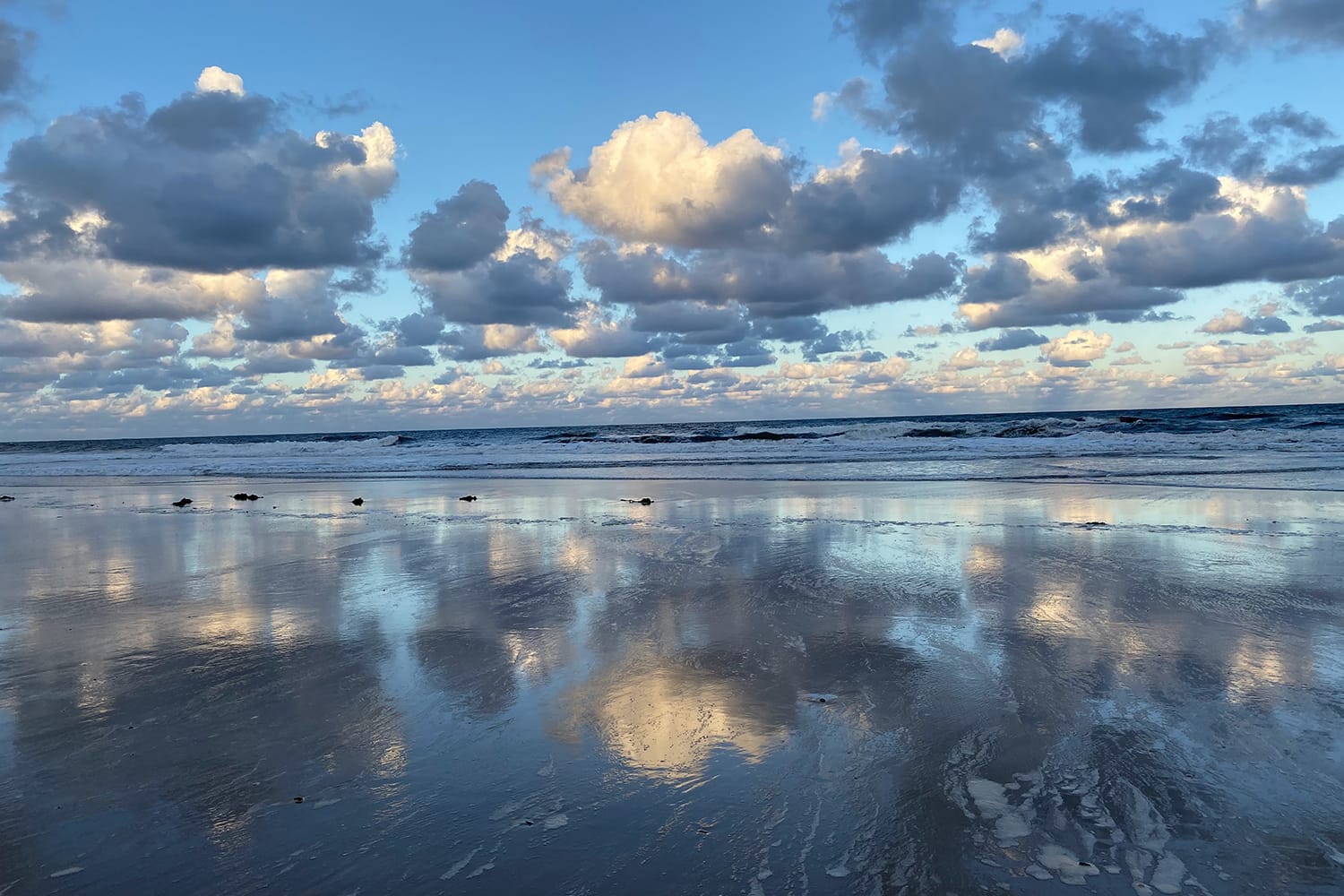
While there isn’t a lot of special gear you need to capture reflections, a few things can make your ventures more successful.
- Tripod: The slightest movement can throw your entire image off, and using a tripod can help ensure that you get the results you are hoping for.
- Lens: While you don’t need a special lens for reflections, a wide-angle lens is often ideal for capturing beautiful images of reflections in landscape photography, allowing you to create compositions with a greater sense of depth and distance.
- Polarizer Filter: A polarizing filter can be useful as well. While a polarizing filter turned to full polarization will eliminate reflections, you can enhance the colors in a composition by carefully turning the filter. You can also use a polarizer to eradicate glare or to selectively remove part of the reflection when photographing a lake or other body of water, allowing you to see into the shallows.
Setting Up
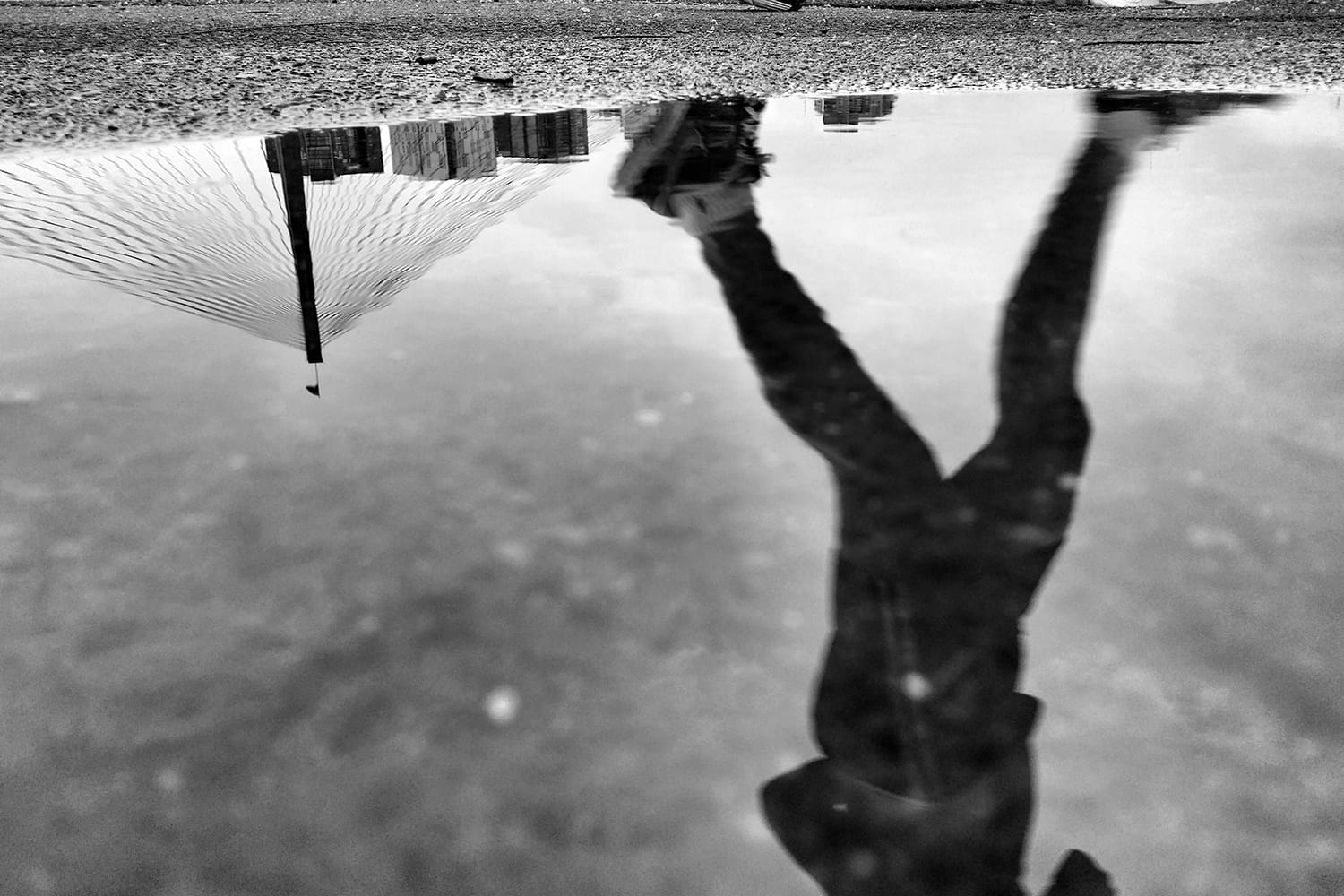
Getting set up properly will help you capture the images you’re after when it comes to reflections.
- Settings: Your camera settings will depend largely upon your composition and the type of reflection that you’re hoping to capture. For landscapes, you’ll usually want to work with a narrow aperture of f/16 or smaller to ensure that the entire image is clear and in focus. You’ll want to choose a fast shutter speed to capture crystal-clear mirror-like reflections and a slow shutter speed to blur the movement of the water for a more abstract image.
- When to Go: One of the best times to capture reflections in the water is early in the morning, followed by the late afternoon when the sun is closer to the horizon, and the light has a beautiful golden hue. Sunrise and sunset are also ideal times to capture bold, vibrant reflections. You’ll also want to look for a vantage point where the sun is illuminating the objects casting the reflections; avoid shooting into the sun since this will make the reflections look dark.
Composition
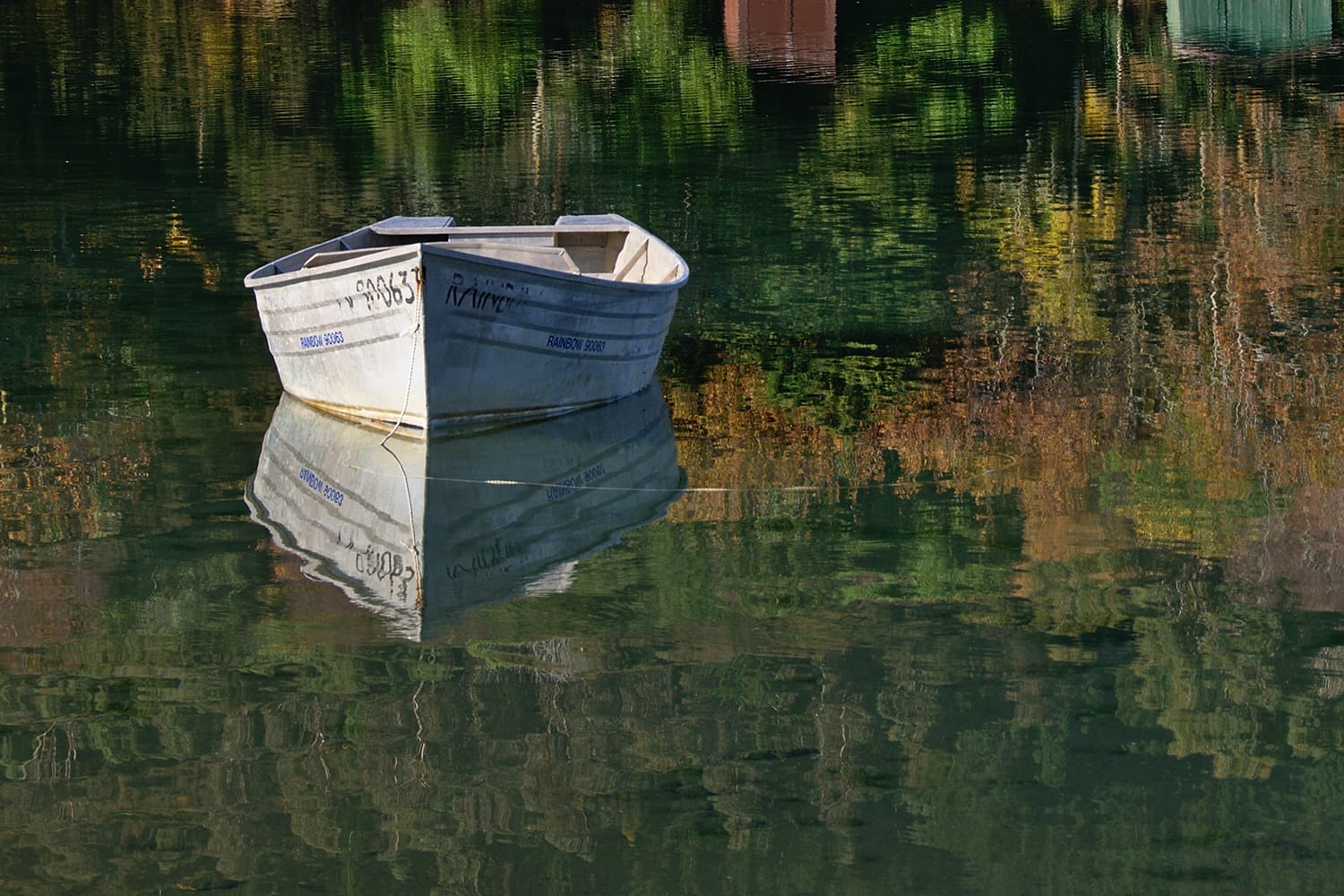
Don’t overlook your composition! Here are some tips for creating breathtaking images.
- Find a Focal Point: A focal point will help to anchor your images, resulting in a strong and visually pleasing composition. Look for subjects like a lone tree, a boat on the lake, some driftwood at the seaside to feature as the main point of interest in your images.
- Keep Symmetry in Mind: While the rule of thirds can be a useful starting point, sometimes you’ll want to forgo this guideline in favor of creating a symmetrical image. When capturing a reflection on the water, positioning the horizon line in the middle of the frame or the main subject dead center can help you create a beautiful, well-balanced image.
- Create Blurred Reflections: Reflections don’t have to be perfectly mirrored images. A few ripples in the water can result in a gently blurred reflection with a painting-like quality if there’s a breeze.
- Get Closer to Create Abstract Reflections: In some cases, you may want to focus on the reflection itself to create an abstract image of melding colors and shapes. A slower shutter speed or panning the camera will further blur the results, creating a beautifully abstract image.
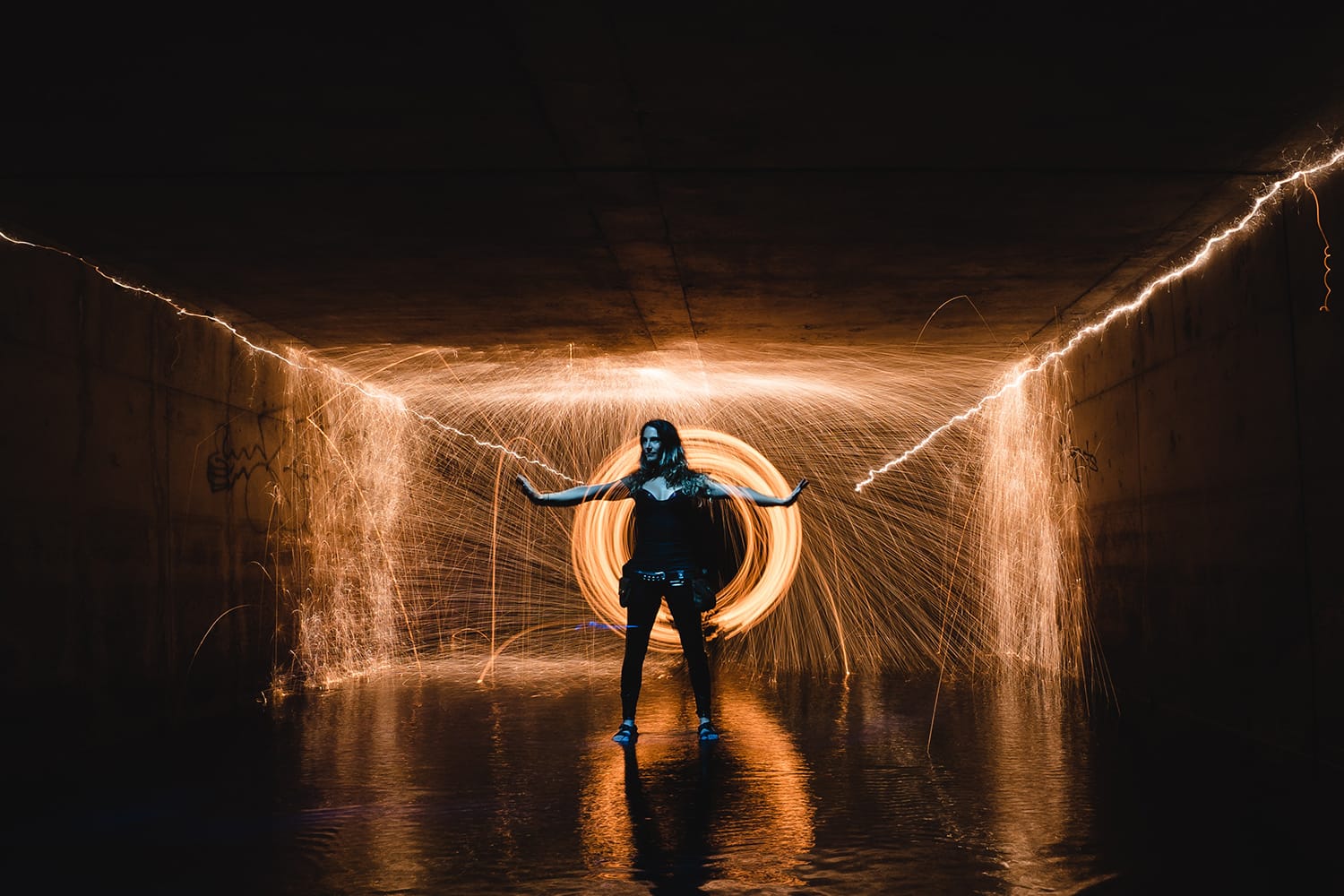
Whether you choose to make them the main feature in your photos or use them to accent the rest of your composition, reflections can be a great way to add visual interest and flair to your images. So be sure to keep your eyes open for opportunities to incorporate these beautiful features into your pictures every chance you get, no matter where you’re shooting!
Do you enjoy capturing reflections? Please share your tips with us on Twitter or Facebook.
